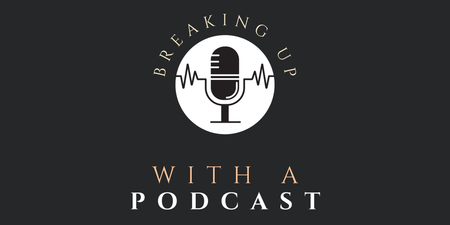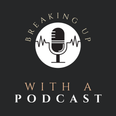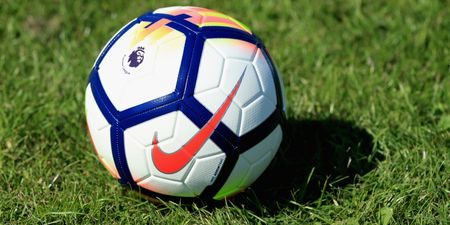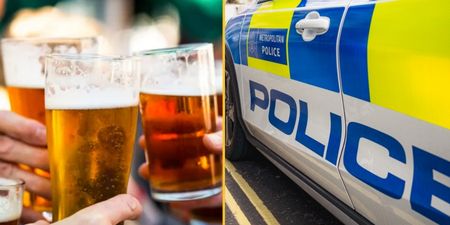There are more myths floating around in your local gym than there are in the Bible. JOE busts five of the big ones.
By Robert Carry
The myth: Lifting weights stunts growth in youngsters
The notion of growth being stunted by bodybuilding training has been floating around for some time, but the truth is that the compression forces on the legs and spine of teens are far lighter during bodybuilding exercises like squatting than they are when running or jumping – when forces can exceed five times a youngster’s bodyweight.
The American Academy of Pediatrics backed up this view when it changed its policy on the issue. Its guidelines now state that “strength training programs do not seem to adversely affect linear growth and do not seem to have any long-term detrimental effect on cardiovascular health” according to recent studies.
The myth: Ab workouts get rid of belly fat
Unfortunately, we can’t select where on our bodies we would like to burn off fat. However, through dietary improvements and by putting together an exercise routine that has an emphasis on cardiovascular training, overall body fat content will decrease.
The myth: Lifting slowly builds muscle mass
It will mean spending more time in the gym, but will do little else for you. This myth was firmly put to bed by University of Alabama researchers. They took a look at two groups of weight lifters over the course of a 29-minute routine. While the first group slowed down their lifting pattern to a five-second up phase and a 10-second down phase, the second went for the traditional one second up and one second down repetition method. The fast rep group burned 71 per cent more calories and lifted 250 percent more weight than the slow chaps.
The myth: You should never eat before a workout
This is among the more counterintuitive myths out there – it stands to reason that our bodies need fuel in the form of food and fluids in order to provide the energy required for our muscles to work efficiently.
A huge meal ten minutes before training will obviously leave you bloated and more likely to cramp up, but small, suitable meals can be eaten right up to within the last hour before training starts.
The myth: Avoid exercising sore muscles
With aches and pains creeping in, the temptation is always there to avoid training altogether. While injuries and massively over-worked muscles benefit more from resting up, a mild discomfort in the legs or shoulders should not mean abandoning any form of exercise for days on end.
According to Alan Mikesky, Ph.D., director of the human performance and biomechanics laboratory at Indiana University-Purdue University at Indianapolis, muscles that are sore to touch or that have a soreness that limits your range of motion, should really be rested up for an extra day.
However, when the discomfort is mild and mobility unaffected, then light aerobic activity and stretching can actually help alleviate some of the soreness in that it stimulates blood-flow through the muscles, removing waste products and helping in repair process.
LISTEN: You Must Be Jokin’ with Aideen McQueen – Faith healers, Coolock craic and Gigging as Gaeilge





















































